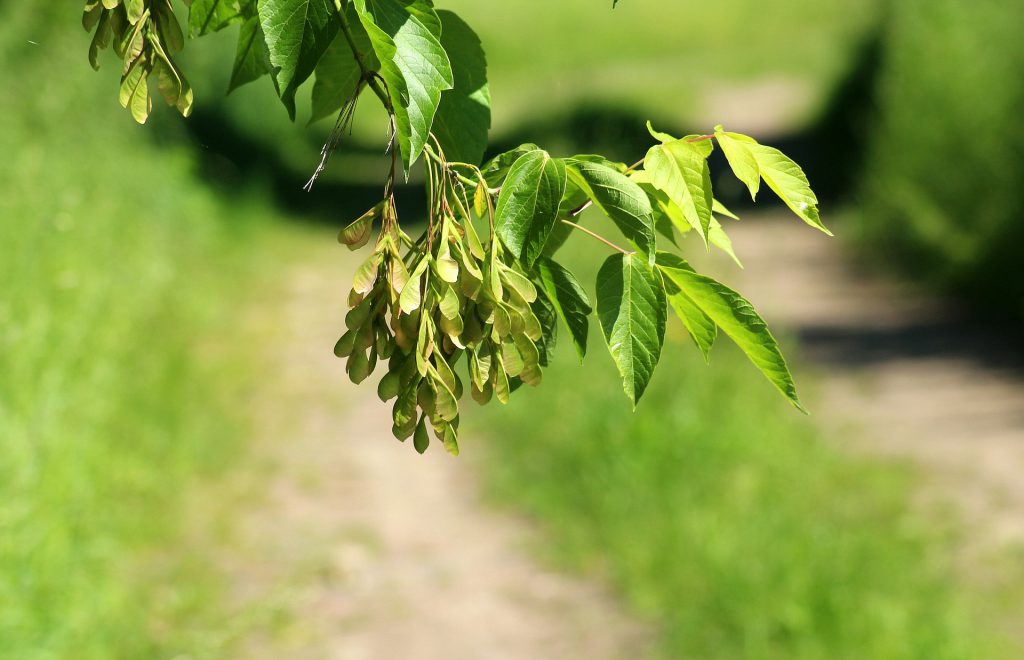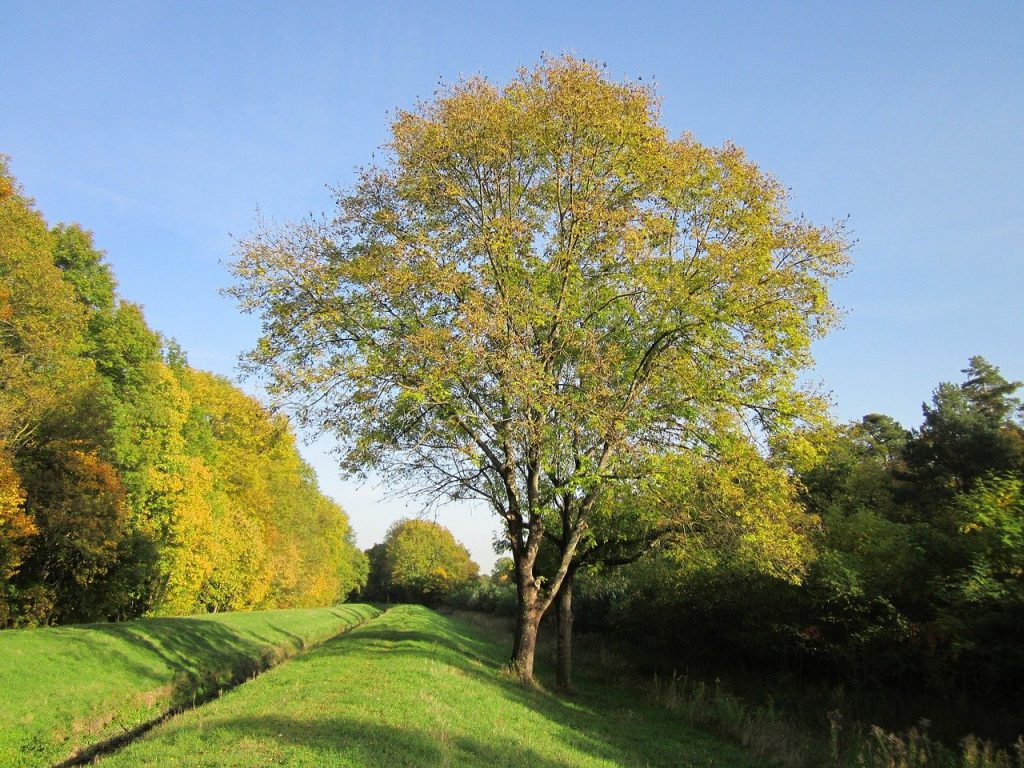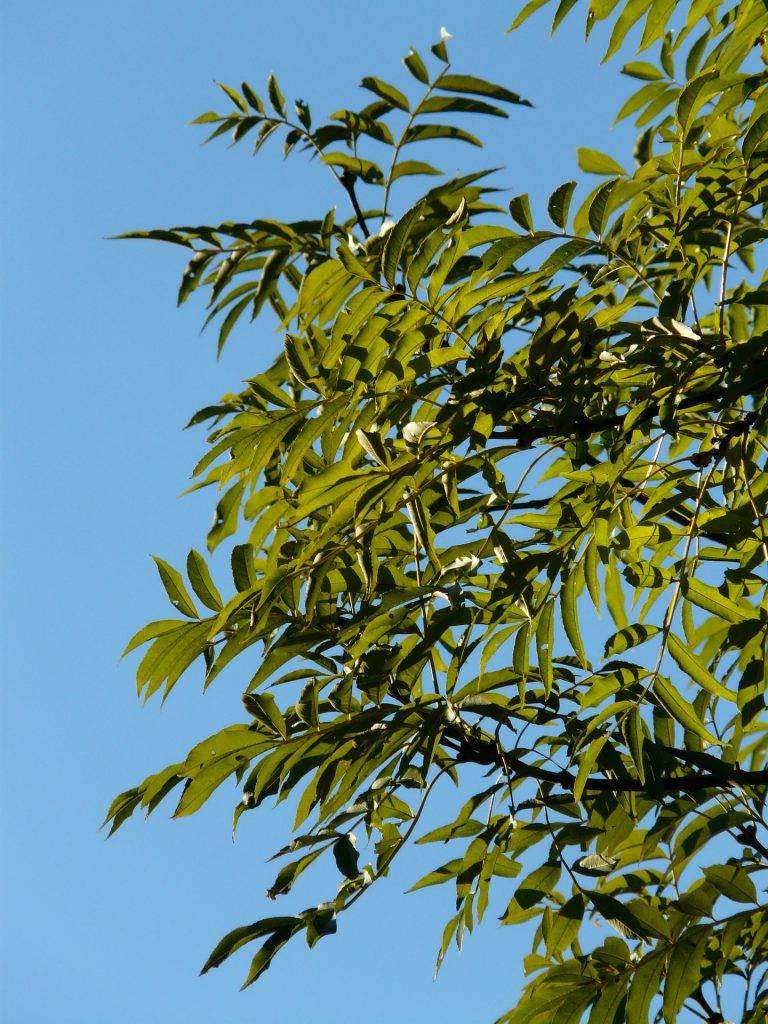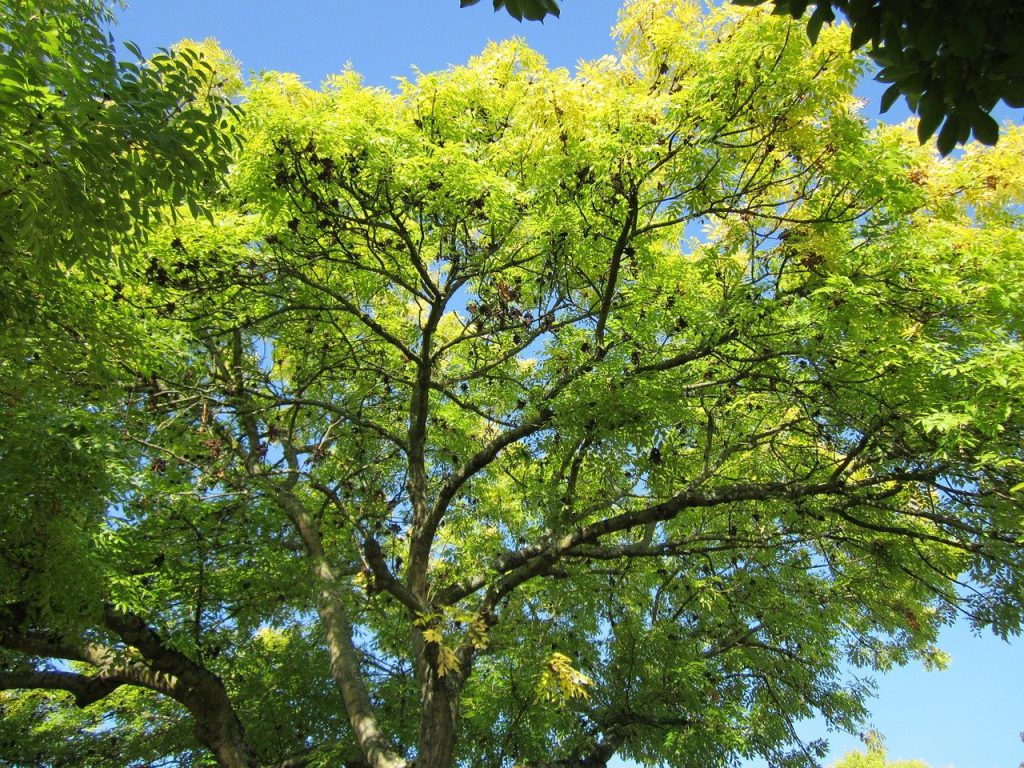
As our climate changes and urban environments grow more prominent, trees play an ever-greater role in tackling climate regulation, purifying our air and improving our wellbeing. The potential scale of loss facing our woodlands means that we all need to be aware and do our bit to help.
Want to hear some fun facts about the beautiful European Ash? It’s a very prominent species in our landscape, being our third most common tree in Britain. Unlike other species, they often grow together in groups, forming magnificent dappled canopies to walk under. They are also a member of the olive family (Oleaceae) and produce an oil that is chemically like olive oil. Amazing!
Unfortunately, there is another fact about the Ash tree which isn’t quite as fun – this magnificent species is facing an uncertain future due to a disease called Ash Dieback, which is slowly making its way across the country. According to experts, it is feared that tens of thousands of Ash trees will be lost, potentially changing our woodlands and countryside forever.
What is Ash Dieback?
Caused by a non-native fungus from overseas, Ash Dieback is now being found mainly in the south-east of the UK but has been reported across the country. It is presenting a threat to our landscape on a scale not seen since the heart-breaking Dutch elm disease epidemic in the 1970s.

We are at the early stages of the epidemic, and the disease progresses very slowly, so it is impossible to know the exact impact at this stage. However, it is feared that we could lose 80% of our Ash trees which will have a knock-on effect on the surrounding ecological habitats and dependent wildlife. At least 45 animal, bird and insect species are entirely dependent on the Ash tree and likely to suffer as a result of the disease. The Woodland Trust suggests that it will cost us £15 billion to manage the disease, including the expense of clearing away dead or dying trees.
Where did it come from?
This horrid disease originated from Asia, where it doesn’t cause much damage to the native species. However, our European Ash Trees have not naturally evolved with the fungus in their habitats and therefore have no resilience to it.

It is believed that the fungus either travelled in the wind to our shores from Europe or was accidentally brought in on imported saplings. Before a ban on importing Ash was enforced in 2012, we were importing thousands of small Ash trees from areas in Europe which we now know to be infected.
What is being done about it?
We can’t eradicate this terrible disease, so we must place our attention on conserving the healthy ash trees while helping our wildlife to adapt to an environment without them.
Initial findings suggest that we might have some trees growing in ideal conditions with plenty of space and light may be more tolerant of Ash Dieback. By retaining as many of these tolerant trees as possible, the population could eventually recover in the future.
We can also increase the resilience of our woodlands against future diseases by increasing the genetic diversity of trees in existing woods and planting a greater variety of native tree species.

What can you do at home to help?
By building awareness of this devastating disease, we can encourage others to take care and help stop the spread. It’s suggested that by cleaning your shoes before and after visiting woodland and avoid taking cuttings or plant materials from the countryside, you can help. You can also keep an eye out for signs of the disease and report them to TreeAlert in Britain and TreeCheck in Northern Ireland. This handy video by the Forestry Commission can show you how to spot the signs of Ash Dieback.
If you have Ash trees in your garden or estate, you can stop the spread of the disease by collecting fallen ash leaves and burning, burying or deep composting them to disrupt the fungus’s lifecycle. Avoid felling the ash trees as a knee-jerk reaction to seeing signs of the disease. During an epidemic, there will be some trees which will survive and will go on to build a new, tolerant population in the future.
If you’re interested in finding out more, you might like to take a look at this article from the Woodland Heritage, about Archie Miles who has been documenting the decline of our Ash trees.